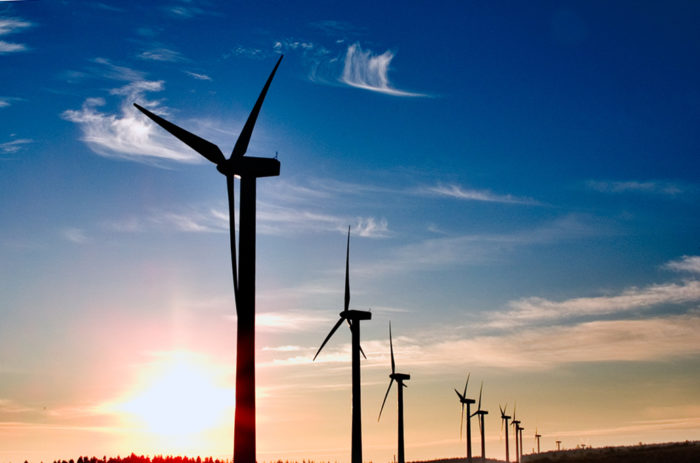
Wind turbines in 10 states have killed at least 67 eagles in the last five years and 85 since 1997, and government scientists say the number is probably much higher because reports are voluntary.
Citing research first published in The Journal of Raptor Research, the Associated Press said in a report published Sept. 11 that most of the deaths were golden eagles that ran into turbines.
While the vice president of the American Bird Conservancy said the report was “an alarming and concerning finding,” the American Wind Energy Association, a trade group, said wind turbines weren’t the worse offenders, the AP said, and that it was looking for ways to reduce the casualties.
Numbers are probably much higher
Fatalities were probably much higher, the report said, because wind energy companies are not required to report them. Also, the study did not include a group of wind farms in northern California that kill more than 60 eagles per year, according to the AP.
Although the deaths are illegal under federal law, the AP said, the government has not fined or prosecuted anyone. The Fish and Wildlife Service says it is investigating 18 bird fatalities and referred seven of them to the Justice Department, the AP reported.
Bird kills are not a problem limited to the U.S. In Norway, a wind energy company is painting one turbine blade black in an experiment to see whether increasing the contrast of the blades will help reduce bird strikes. Other possible steps include increasing the visibility of the lower part of the turbine towers, and using UV light sources to alert birds, according to an article in Gizmag.
Weekly Newsletter
Get building science and energy efficiency advice, plus special offers, in your inbox.





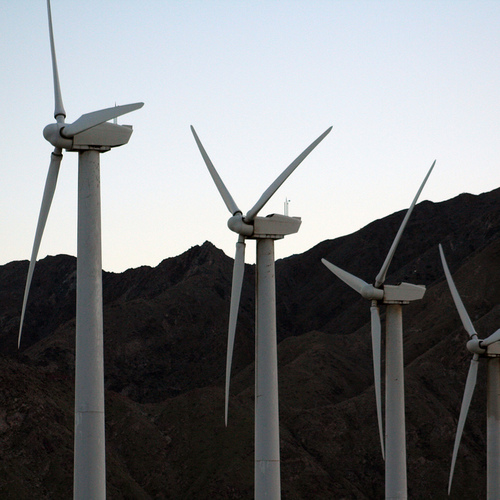
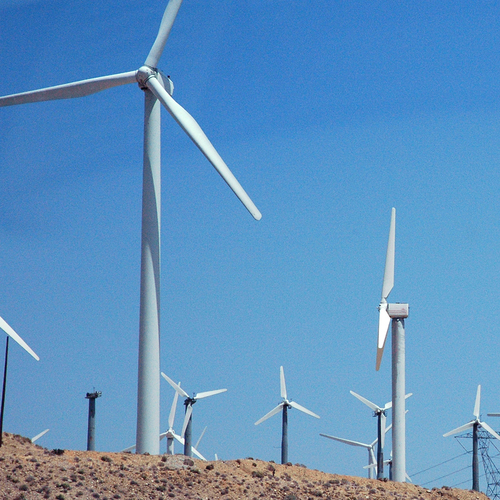
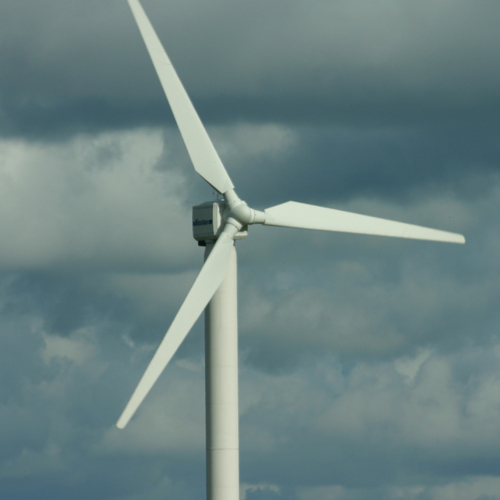
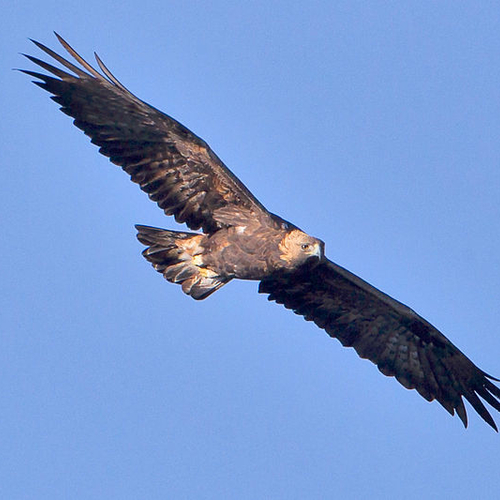






3 Comments
In this instance, 'scores'
In this instance, 'scores' seems a bit sensationalist, given that buildings (which generally don't produce energy and are responsible for the direct emissions of tons of CO2 and other fun chemicals), comm towers etc. may be responsible for hundreds of MILLIONS of bird deaths per year, as opposed to 10 golden eagles a year.
And that's not as bad as this!
Read this last week on CBC news
http://www.treehugger.com/energy-disasters/7500-new-brunswick-songbirds-fly-gas-flare.html
The bird issue is much studied, often overstated.
Research in European wind parks in the past 15 years has concluded that windmills kill birds, no doubt, but that the kill numbers are nearly constant ratio of birds per windmill. The large scale wind-installations of the 1980s have the same ratio, but on a per-megawatt hour basis it's orders of magnitude higher than current technology using megawatt+ turbines.
The analysis done in the Netherlands a dozen years ago that cutting roads and siting windmill foundations in nesting areas has a MUCH larger impact on bird populations than direct or indirect strikes with the towers or blades.
Bottom line, yes, it's an issue to keep paying attention to and mitigate where we can, but it's not THE issue. Human structures and activities of many types have impacts on bird populations, everything from pesticides to acid rain to skyscrapers to building & driving on interstate highways. A changing climate can be far more disruptive in the intermediate and long term than getting a growing fraction of grid power from wind, even if experiments for increasing the visibility of turbines & towers to birds prove futile. As a policy driver the effects of other grid sources need to be factored in, but so far the science points toward continuing with wind development, despite the bird mortality directly attributable to the existence & operation of wind turbines.
Log in or create an account to post a comment.
Sign up Log in